Shortly after finalizing their purchase of MetriGear Inc., Garmin entered the power meter arena around 2011 with the Vector road pedal (pictured below). The pedal unit gave the rider freedom to take power from bike to bike, and although road only, it was the start of a new way for Garmin to measure power.

In subsequent years, Garmin released three iterations of the Vector Power pedals, each gaining new ways of using their technology to improve pedaling performance and offer true isolated right and left leg power readings.
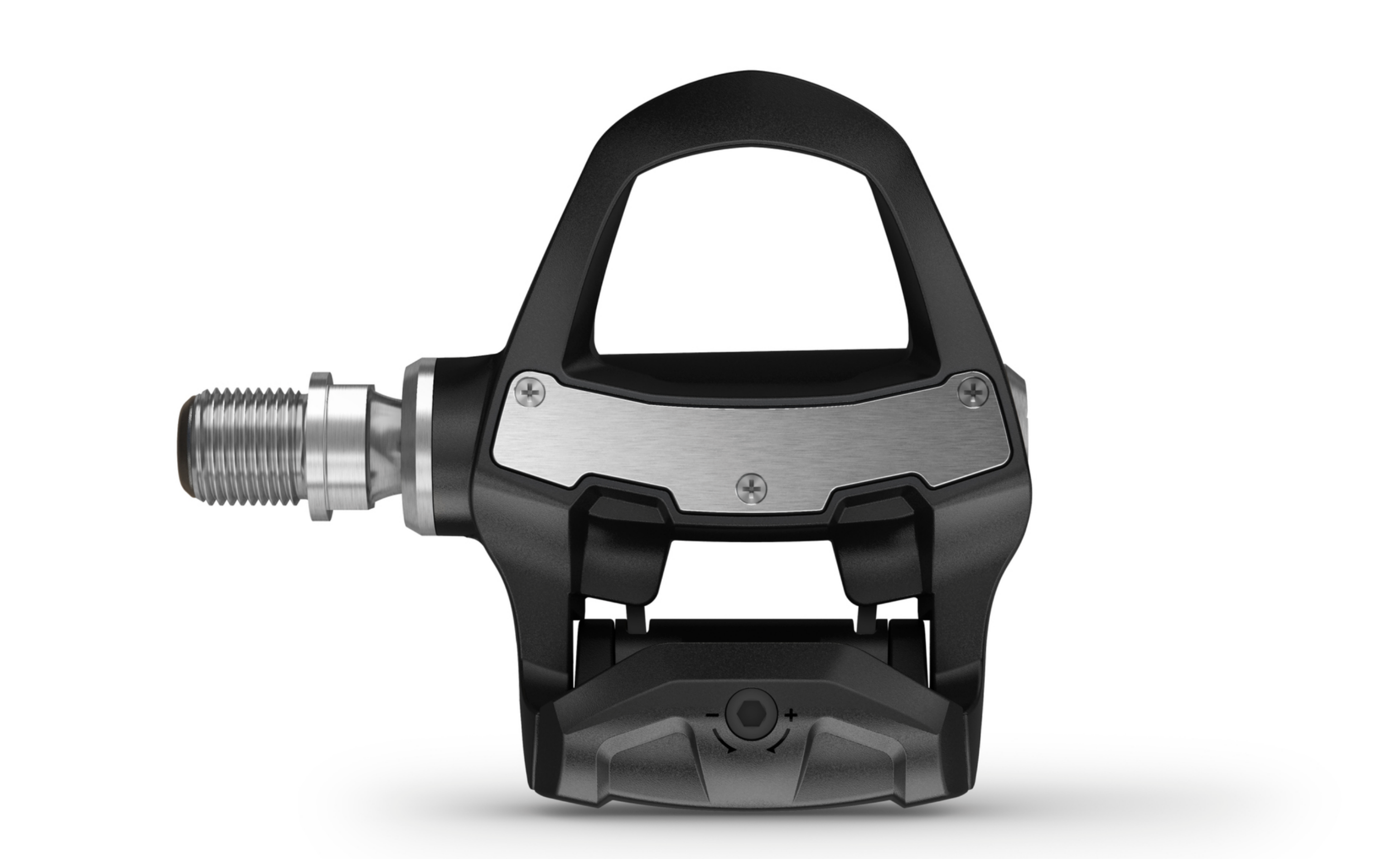
Garmin’s new Rally pedal line takes the groundwork laid with Vector and jumps towards mountain bike and Shimano road cleat compatibility while adding the ability to swap whole pedal bodies.

Garmin Rally: What are the updates?
The significant updates come via cleat compatibility, pedal body swaps, and a mountain bike version of the pedal. Until recently, Garmin’s pedal-based power meters were only available in the road and, more specifically, LOOK compatible cleat style. The Rally line brings not only an updated version of the LOOK (now referred to as Rally RK) but three different popular cleat styles, including mountain bikes, to the market.
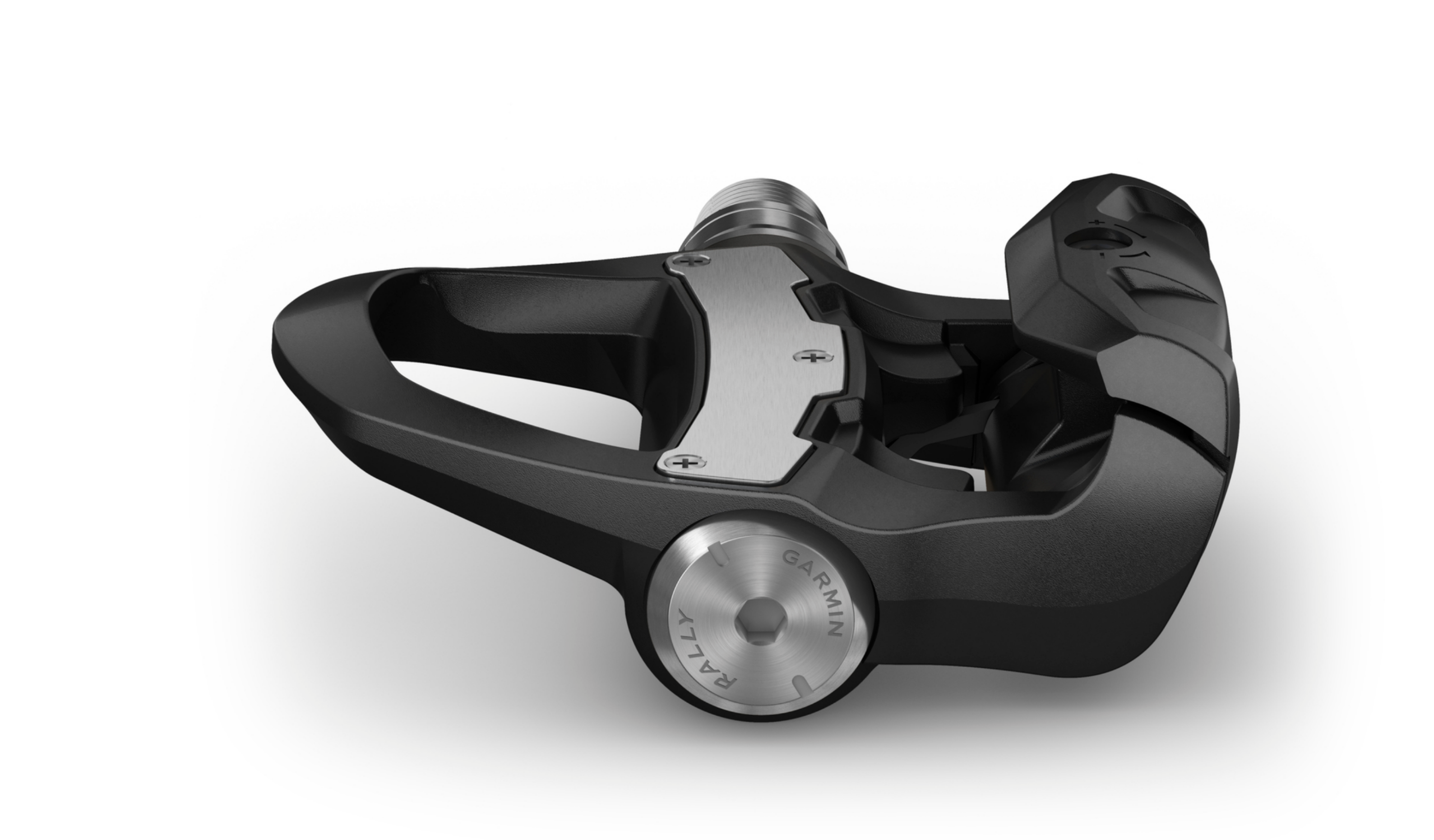
The Rally pedal line arrives with various options to best fit the rider and their power/pricing needs. Each pedal comes available in a 100 or 200 model – 100 noting a single drive-side power meter pedal and 200 noting a dual, right and left side power.
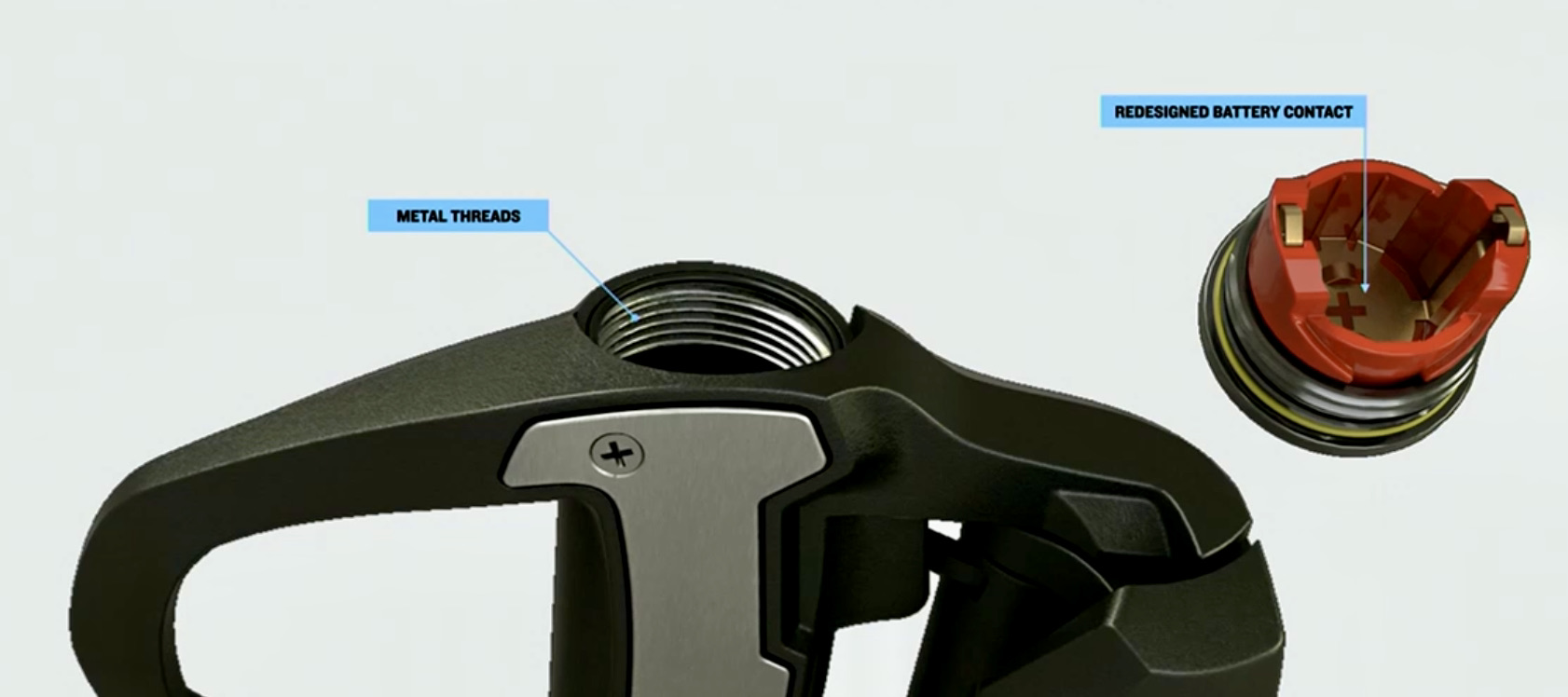
When Garmin updated the pedal’s construction, they also added metal threads for easier service and longevity. The nylon threads of the Vector 3 didn’t pose any issues, but if your goal is to be able to swap pedal bodies back and forth, having more durable threads here makes sense.

Garmin is now offering full pedal bodies for purchase, for those looking to ride road, mountain, and everything in between. The pedal bodies are cheaper than getting a full set of pedals and Garmin estimates the swap time for a spindle from pedal to pedal at around 5 – 10 minutes for a mechanic with knowledge of any pedal service. Judging from the video on servicing the Garmin Vector 3, we guess the swap will be reasonably straightforward.
Garmin Rally; power metrics, battery life
The Rally pedals offer the same metrics with single or dual side power readings, cadence, and a slew of cycling dynamics that are available via the Garmin Connect and Connect IQ app. Different metrics include power, right/left balance, cleat positioning, and much more. It’s clear Garmin wants users to explore its Garmin Connect App and integrate with the other products in the family.

Garmin claims the battery life on the Rally pedals is up to 120 hours – the Vector 3 did have some battery issues initially – hopefully, this new cover and contact fitting cleared any of that up. The new Rally pedals use ANT+ or Bluetooth connectivity, making them a great option for riders looking to add power to their indoor training setup.
Extreme testing conditions
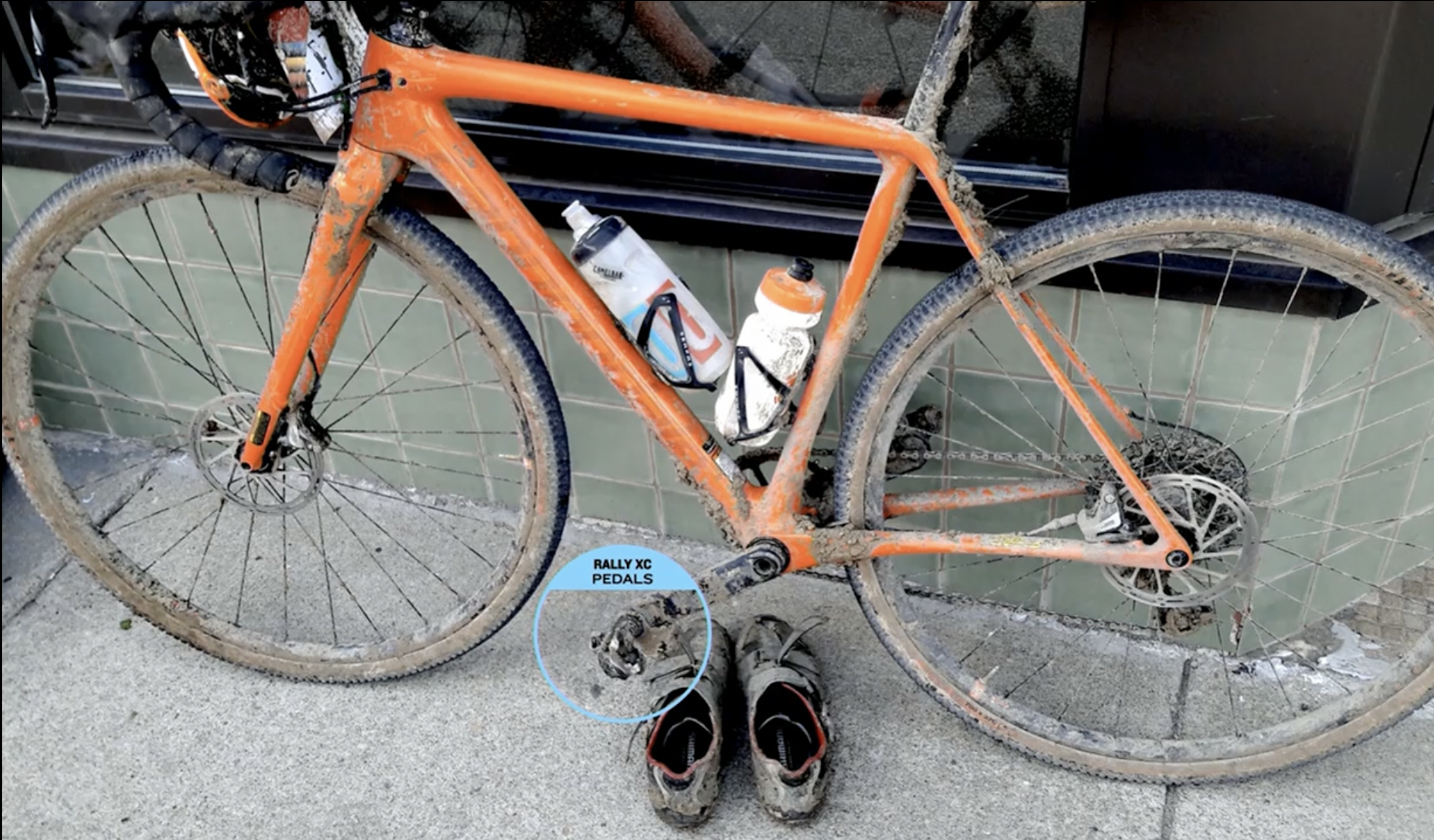
The capability to replace and swap makes this pedal extremely attractive for those who constantly break equipment (quietly raises hand). Garmin assured us that the Rally XC pedal went through crazy testing to ensure it will meet the standard of modern ‘cross, OXC, and ultra-endurance gravel events.
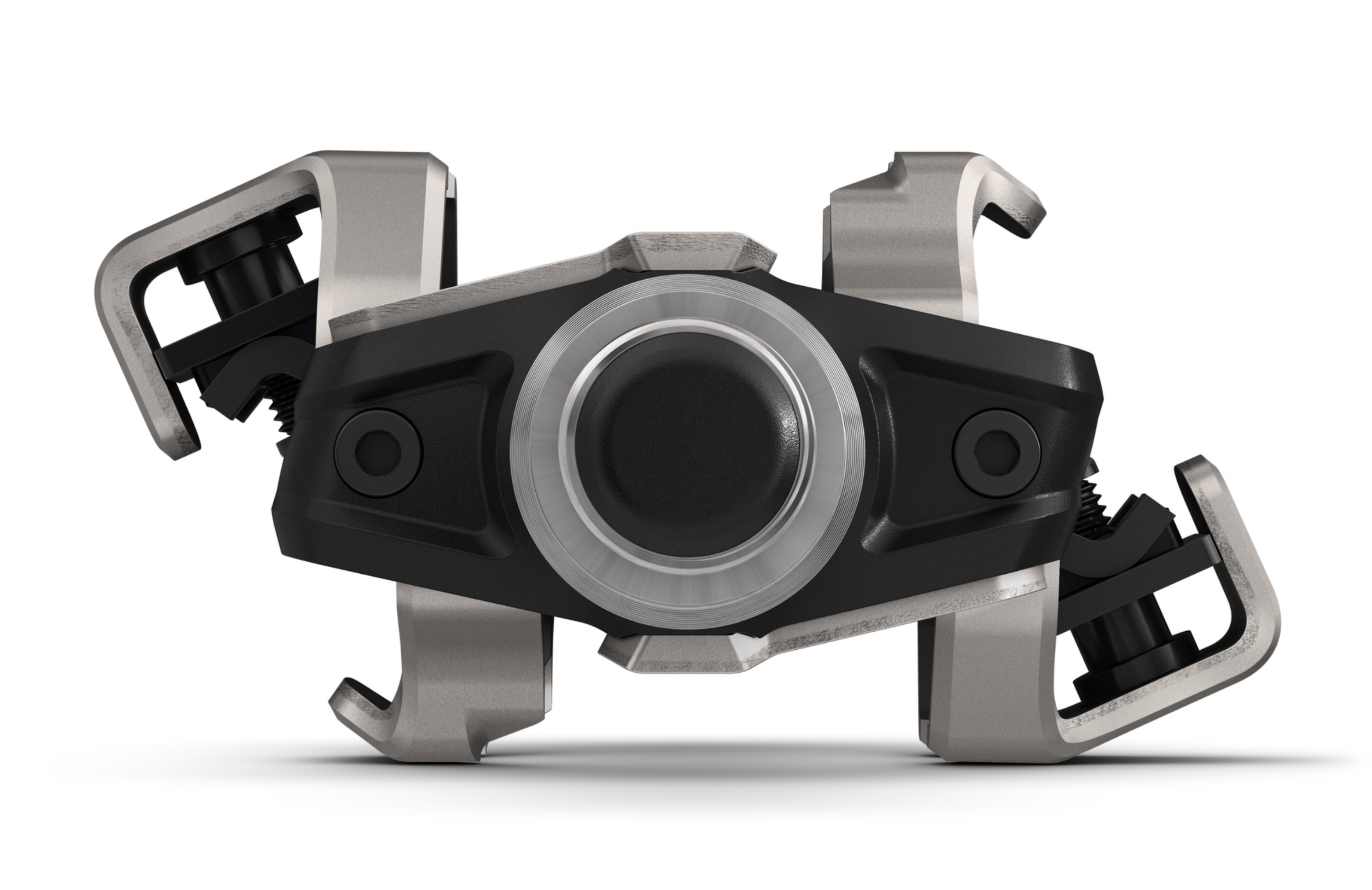
This is also why the stack height on the Rally XC pedal is a bit higher than usual, coming in at 13.5mm compared against the Shimano XTR M9100 pedal at 8.1mm. Garmin claims adding some extra material around the pedal gives a more robust package – keeping the power measuring internals safe from crank clips and rock bashes – sound logic. All pedals in the Rally family have a max rider weight of 105kg or roughly 231lbs.

Testing for the Rally road and XC pedals occurred in a variety of conditions utilizing the talents of professional athletes and Garmin employees alike. The testing covered:
- 6,000 rides and over 11,000 hours of ride time
- 125 test riders rolling 200,000 KM/125,000 Miles
- Temperatures ranging from -18C-0F to 40C/105F
- Exhaustive singular ride testing at 430 miles/47 hours
Garmin Rally Models & Pricing
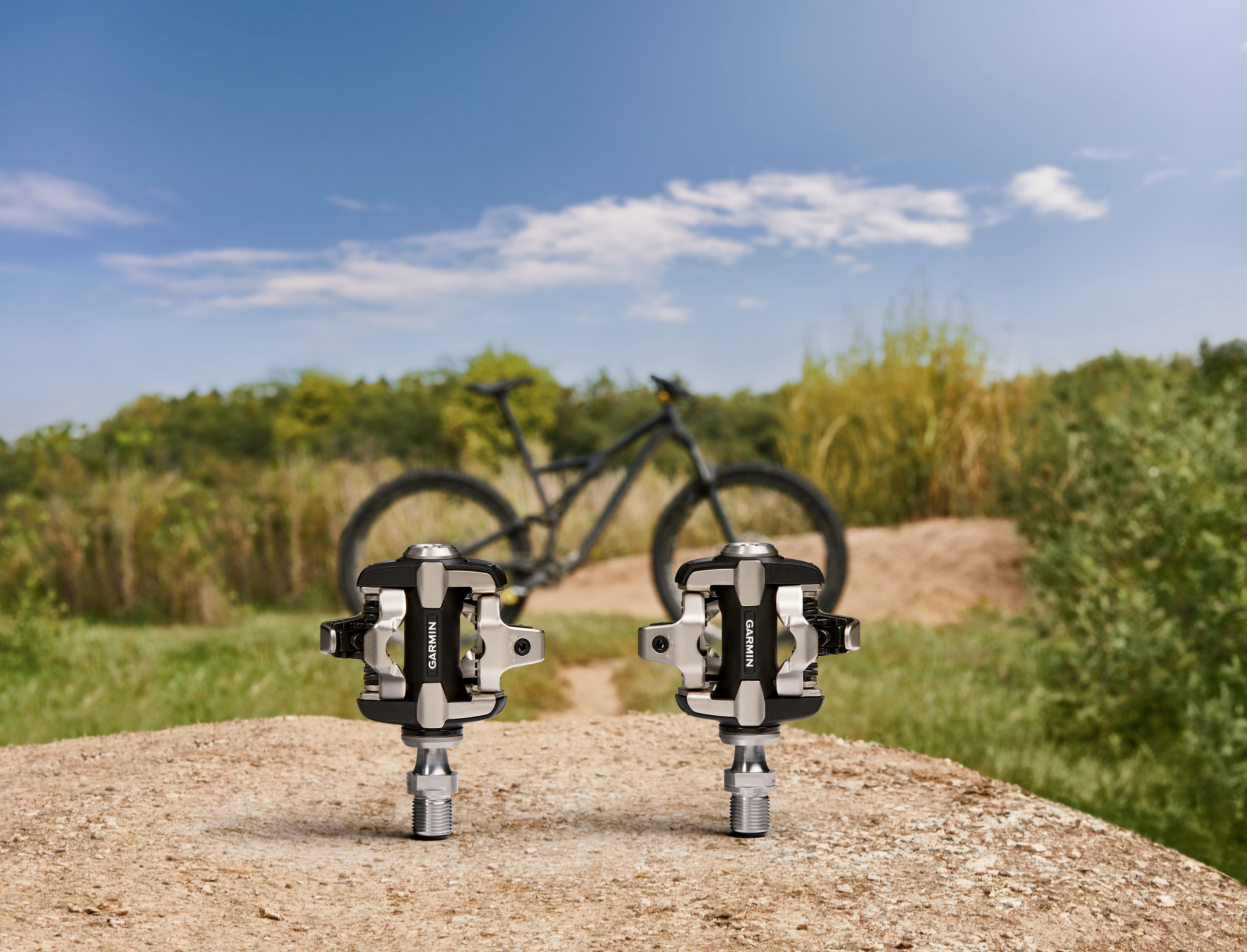
Rally RK: LOOK Keo

Stack height: 12.2mm
Weight: 320g
Pedal price : RK100 – $649.99, RK200 – $1,099.99
RK Conversion body – $199.99
Cleat compatibility: LOOK
Rally RS: Shimano SPD-SL

Stack height: 12.2mm
Weight: 326g
Pedal price: RS100 – $649.99, RS200 – $1,099.99
RS Conversion body – $199.99
Cleat compatibility: Shimano SPD-SL
Rally XC: Shimano XC
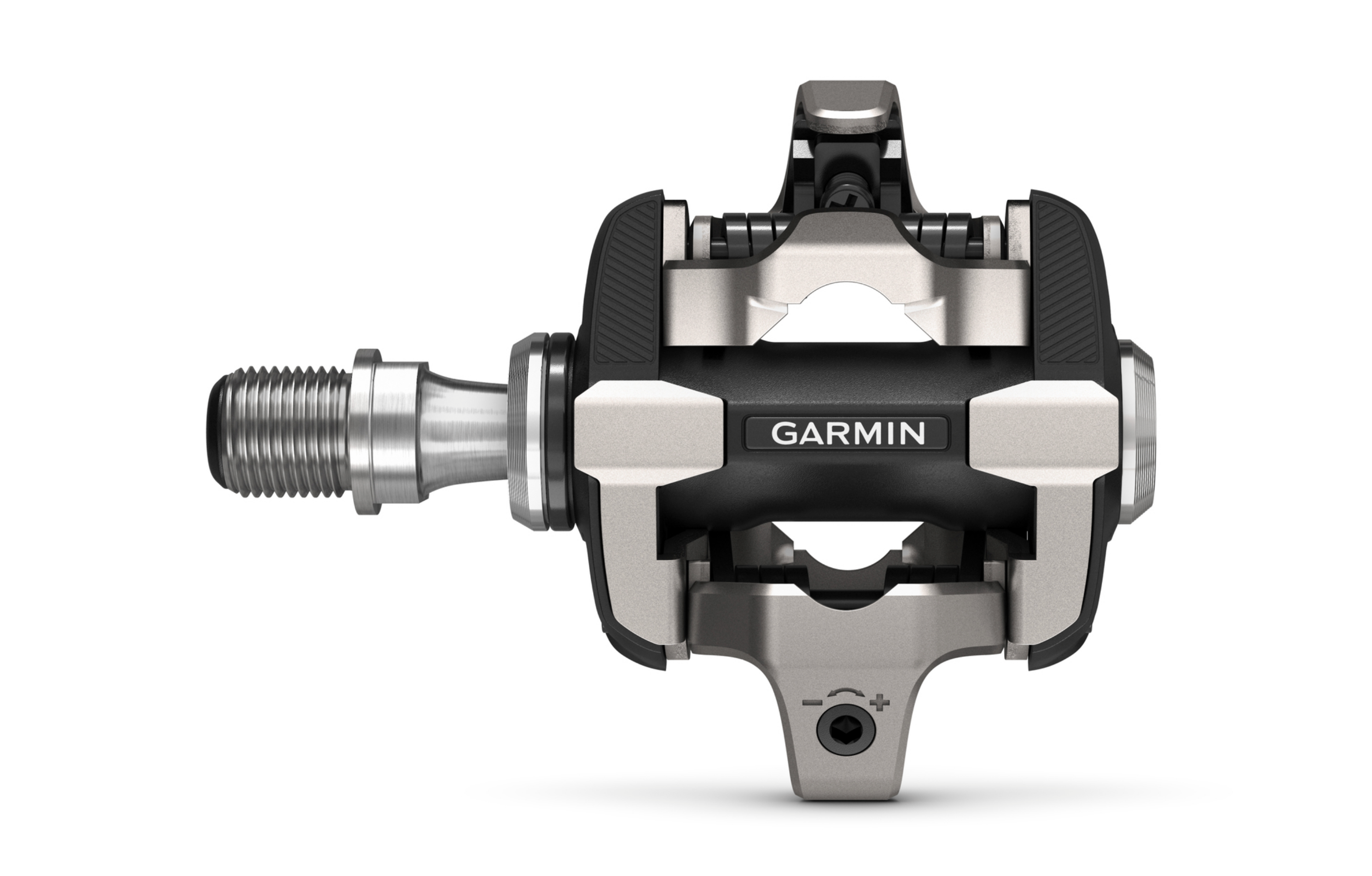
Stack height: 13.5mm
Weight: 444g
Pedal Price: XC100 – $699.99, XC200 – $1,199.99
XC Conversion body – $199.99
Cleat compatibility: Shimano SPD

Availability:
The Garmin Rally Pedals are available now at your local Garmin dealer or online. You can check out more videos and photos at www.garmin.com. Check back for a full review of the Garmin Rally pedals.